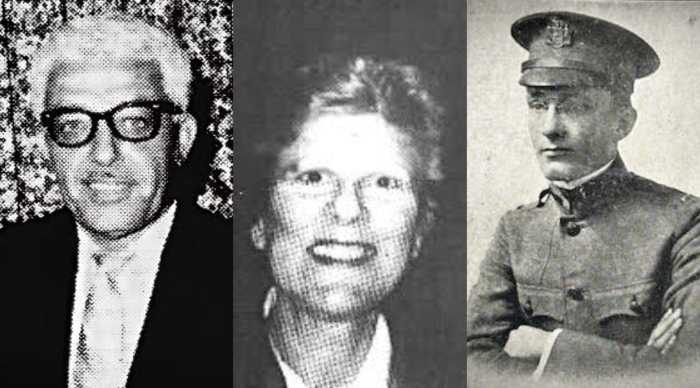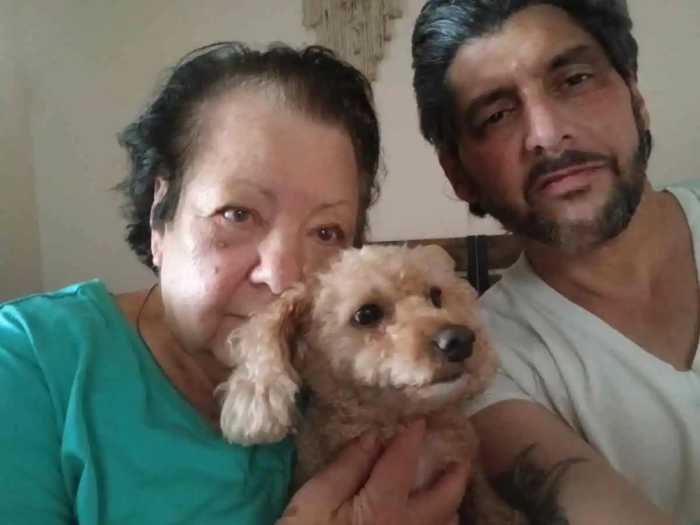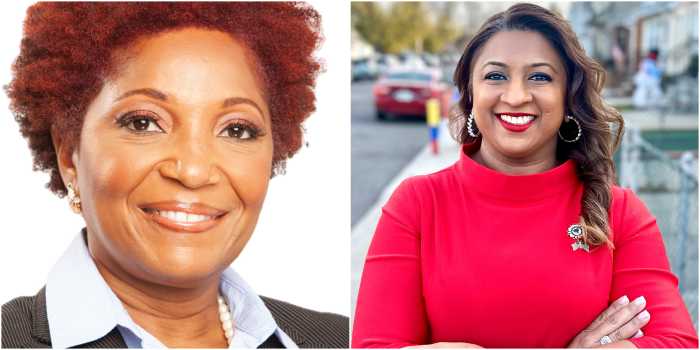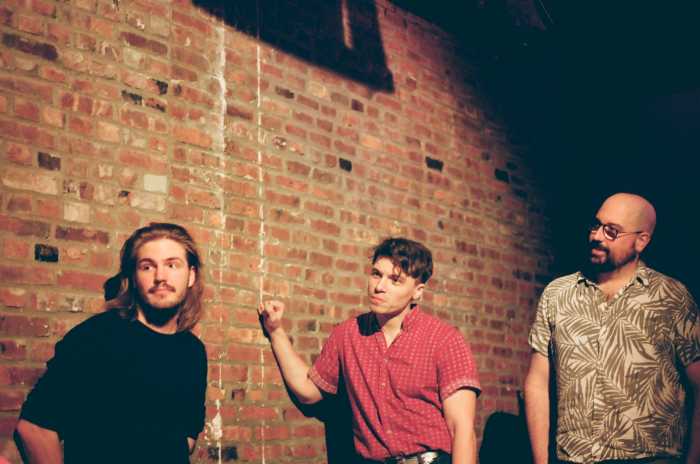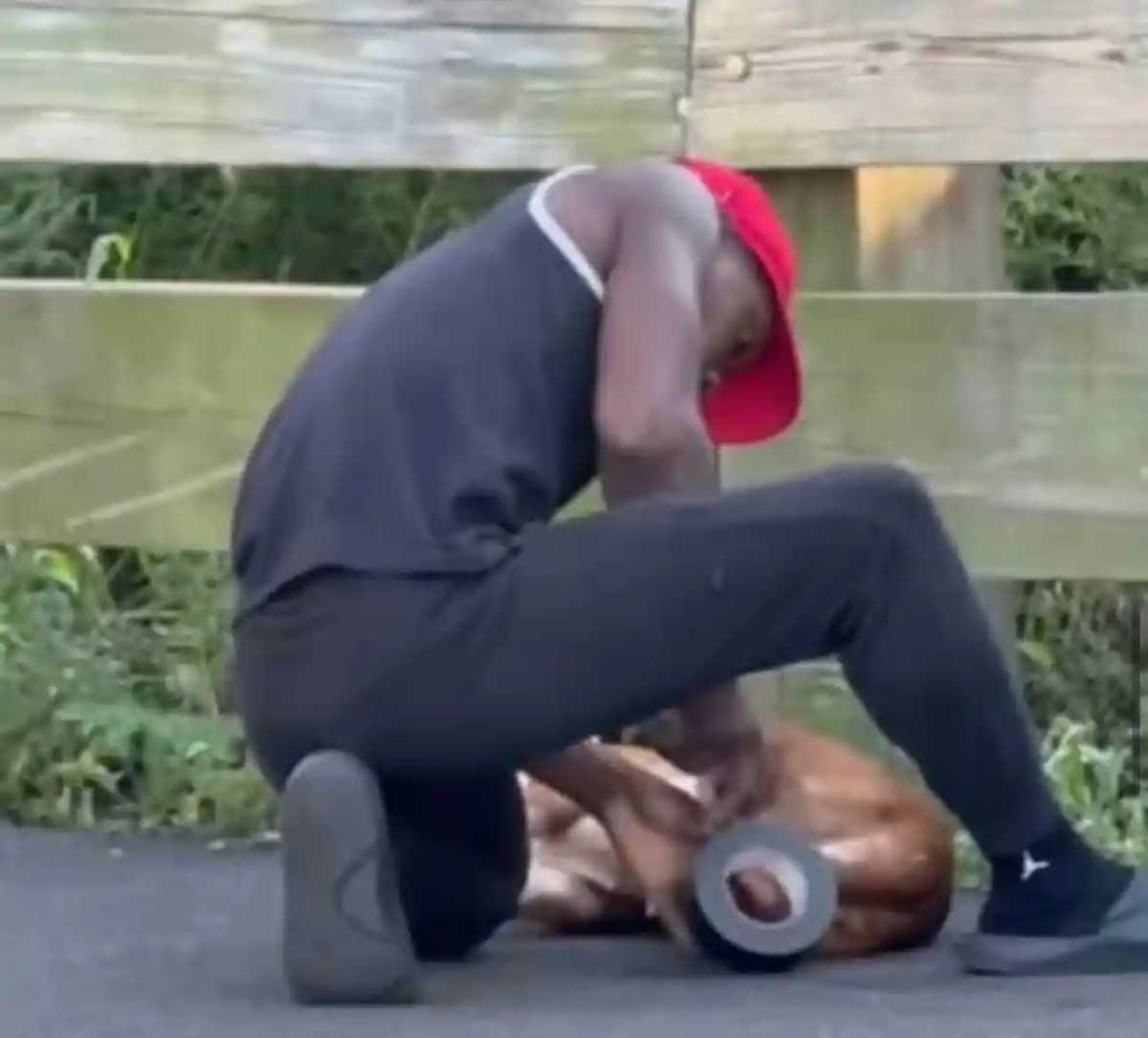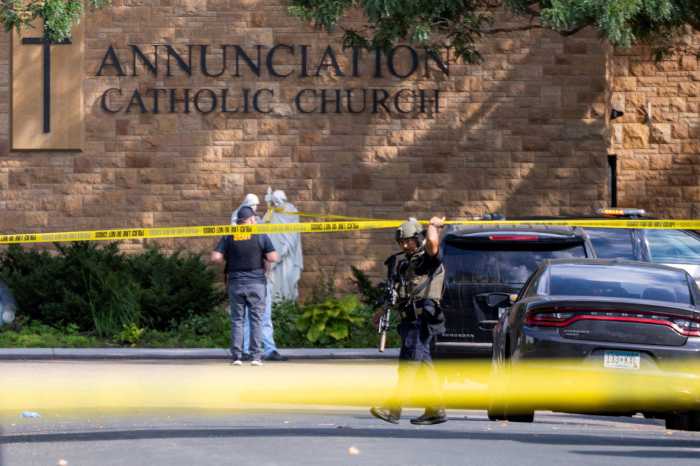Christians, Jews, Muslims and agnostics gathered at the Plymouth Church in Brooklyn Heights on Sunday for the Dialogue Project’s 7th Annual Interfaith Teach-in. Organizer and founder Marcia Kannry estimated that 185 people participated in the Teach-in, which was sponsored by a variety of Jewish, Christian, and Muslim organizations in New York City.
The Dialogue Project formed in 2001 to bring groups who are affected by the conflicts in the Middle East together to talk about their differences.
This year’s Interfaith Teach-in comes at a time of both excitement and alarm over race relations in America and in New York. Kannry cited hopeful and discouraging events beforehand that could be talked about.
Barack Obama’s election as the first African-American President of the United States headed off fears that the country was not ready to elect a non-white person, but the alleged ethnically-motivated murder of an Ecuadoran man, Marcello Lucero, 37, in Long Island on Saturday, Nov. 8 showed that there are still racial tensions in many communities.
And some Teach-in participants pointed out that the 2008 election exhibited some alarming examples of prejudice, particularly how the false rumor that Obama was Muslim was treated as an insult.
Most of all, the Teach-in was meant to be a place where participants could talk about their prejudices or thoughts, according to Kannry.
“People can raise a question that may not sound politically correct.”
After a lunch of Middle Eastern food, an opening prayer, introductions, and a musical interlude with a sitar, attendees looked on from roundtables in the church’s gymnasium as the Teach-In’s three keynote speakers–a reverend, a rabbi, and an imam–addressed the day’s theme of inclusionary and exclusionary teachings in the three Western faiths and acknowledged their faiths’ own biases.
During his keynote address, Imam Khalid Latif of the Islamic Center at NYU said he often asked himself, “Will a Jewish person feel welcome in my community? Will a Christian person feel welcome in my house of worship?”
Rabbi Justus Baird of the Center for Multi-faith Education at Auburn Theological Seminary spoke about how his own conversion to Judaism gave him the experience of being an outsider in his new religion. This hit home when other Jews played a game he called “Jewish geography,” where they figure out who they know in areas of the country that are heavily-populated with Jews.
“The problem with this game for converts is you lose [it] immediately,” said Baird.
Reverend David Fisher of the Plymouth Church talked about his journey from being a Baptist to being the minister of a Congregational Church.
People who didn’t believe like us were people to be converted and not to have a conversation with,” said Fisher of the “monochromatic” Baptist community in Washington State, where he grew up. “It was a severe and sometimes sophisticated world of exclusion.”
Brooklyn’s exceptional diversity distinguishes it from other religious communities, said Fisher.
“In Brooklyn, the concept of neighbor is no abstraction,” he said, adding that he had a Hindu, a Sikh, and a Muslim in attendance at a recent service.
“There aren’t many places on the Earth where that can happen.”
The dialogue continued with roundtable sessions facilitated by different religious leaders, and attendees were asked to sit at a table with a religious leader of a different faith.
Some roundtable participants expressed disappointment that some Republicans campaigning for John McCain during the 2008 election had tried to scare people from voting for Obama by suggesting he was Muslim.
“‘It’s a terrible thing that he might have had a Muslim education?’” Ana Guzman said, referring to the accusation that Obama had been schooled at a madrassa when he was growing up in Indonesia, “What difference does it make?”
Another participant took issue with John McCain’s answer to a woman on the campaign trail who told the Republican presidential candidate that she believed Obama was an Arab. McCain corrected the woman, saying, “No ma’am, he’s a decent family man.”
The participants agreed that people ought to put aside claims that their race or religion has been the most victimized and move on.
“This sense of being a victim–it’s paralyzing,” said the table’s facilitator, Samir Selmanovic, the program coordinator at the Faith House in Manhattan.
And the group agreed that the media could do a better job of portraying religious harmony and not just religious strife.
“What stands out is extremism, because those are always in the headlines,” said Susan Kirsch, another participant.
“Our media is insistent on giving voice to the extreme,” Anisa Mehdi, one of the facilitators and herself a documentary journalist, agreed. The table thought events like this one garnered far less attention from the media.
When Kannry called the dialogue to a close, many participants could be heard saying they wished they had more time to talk.



